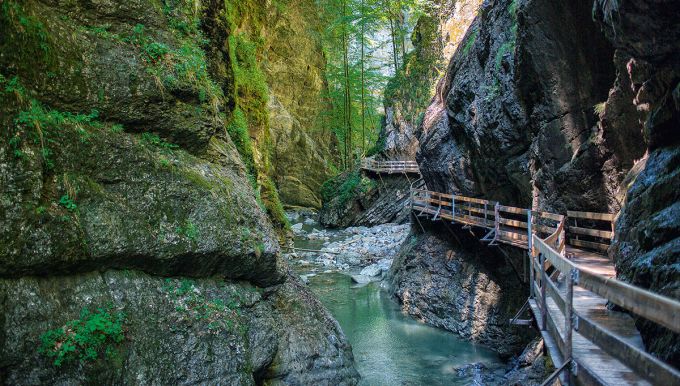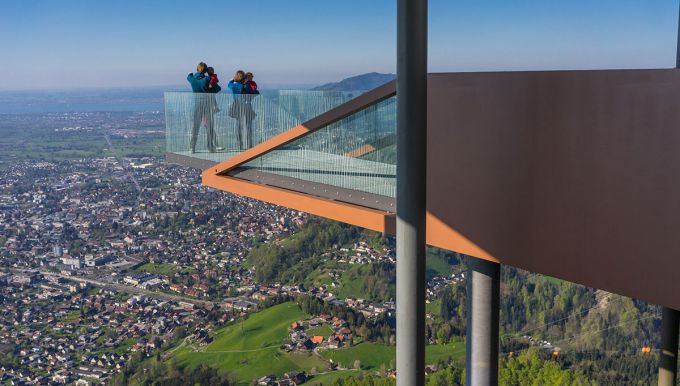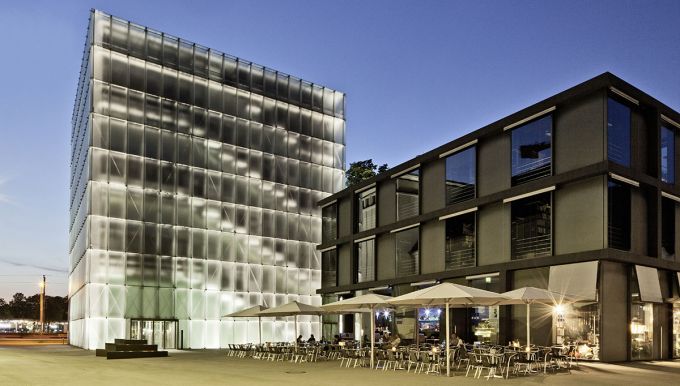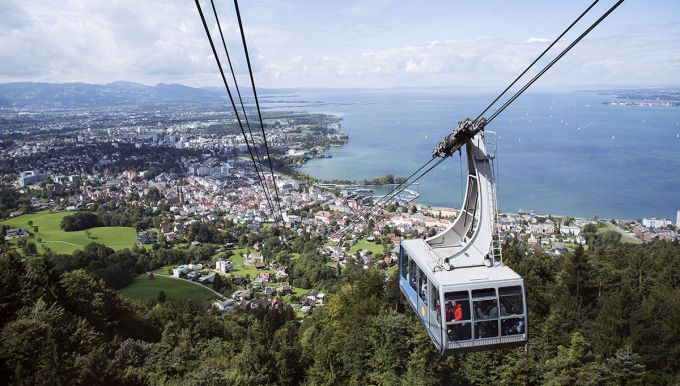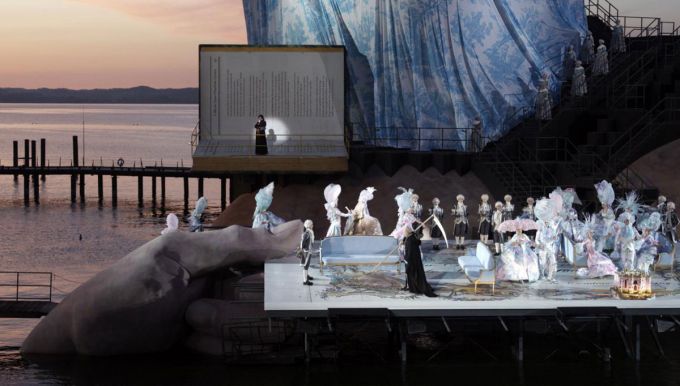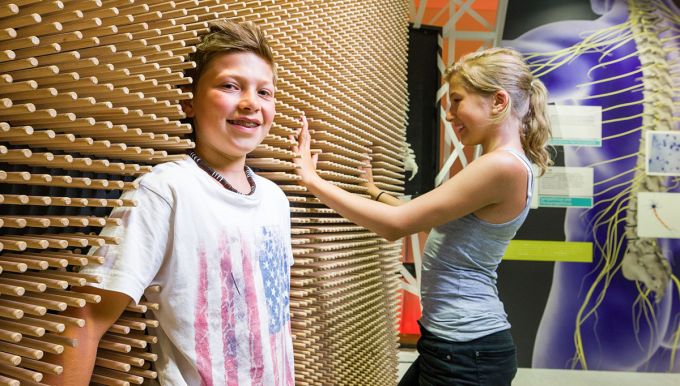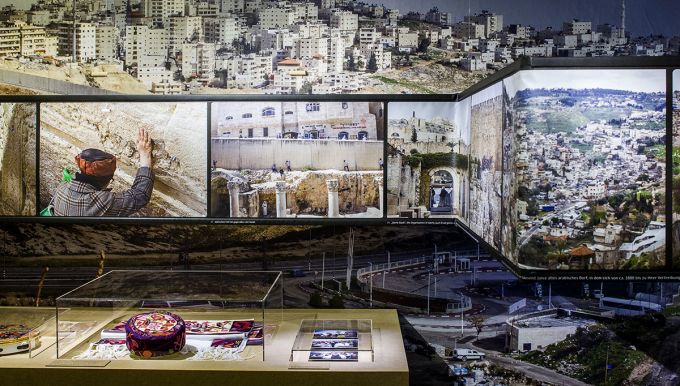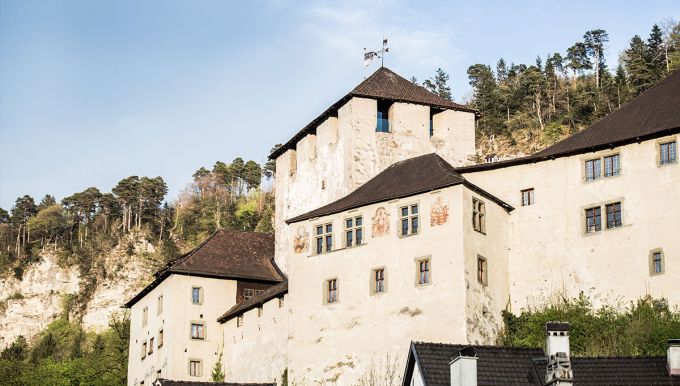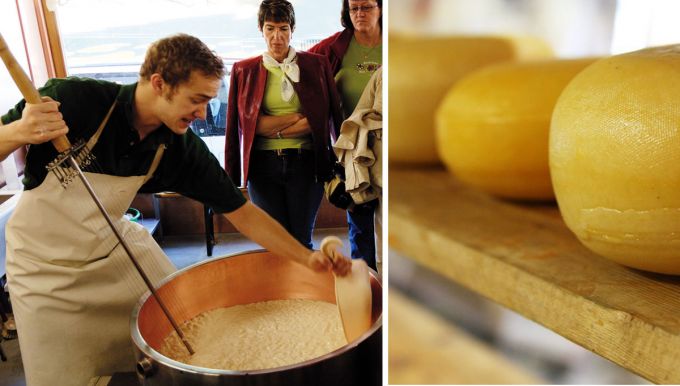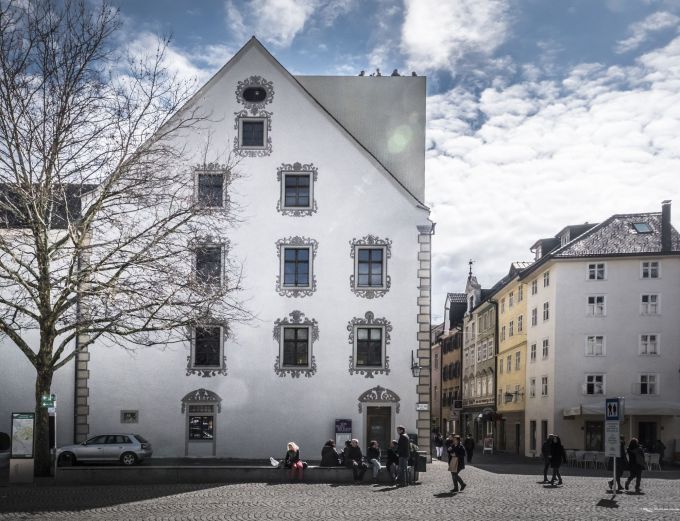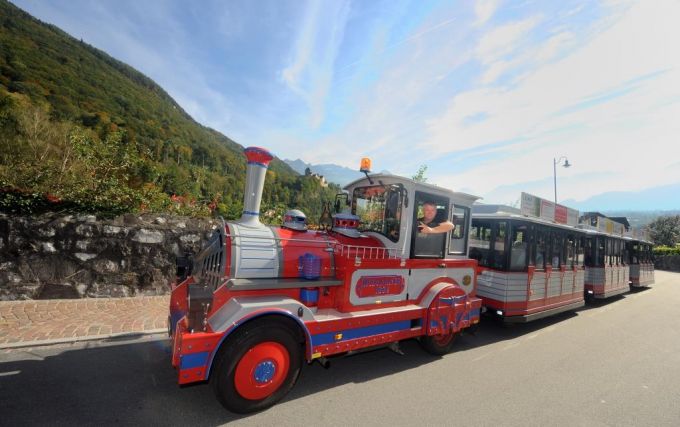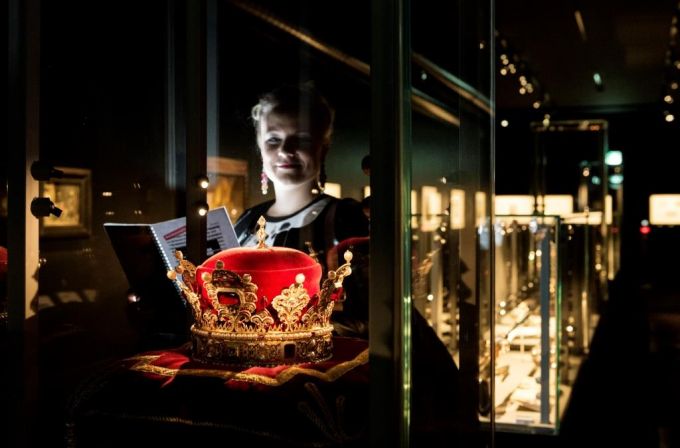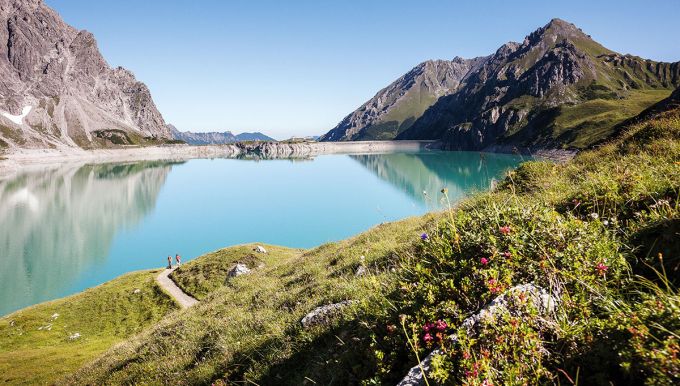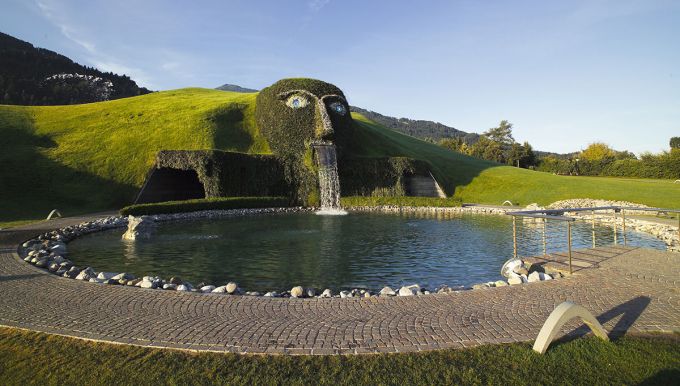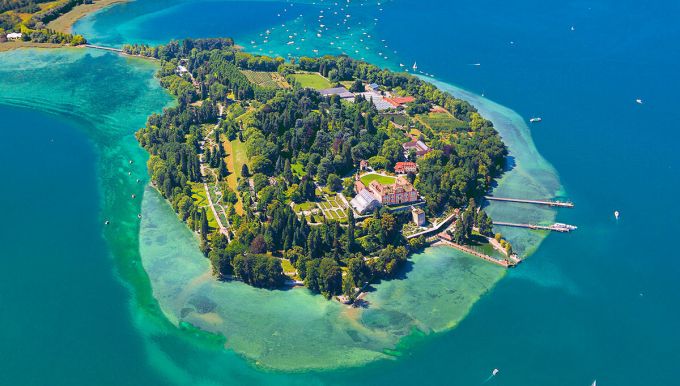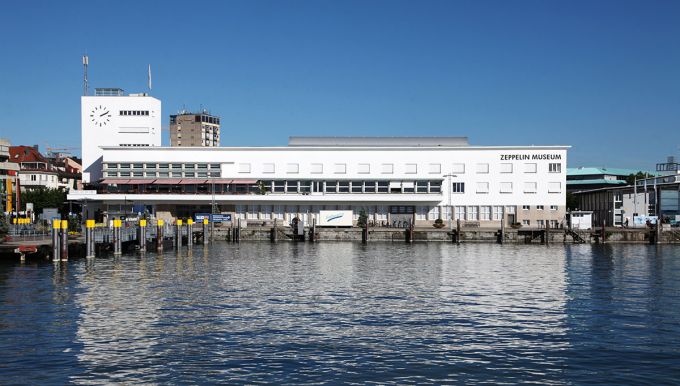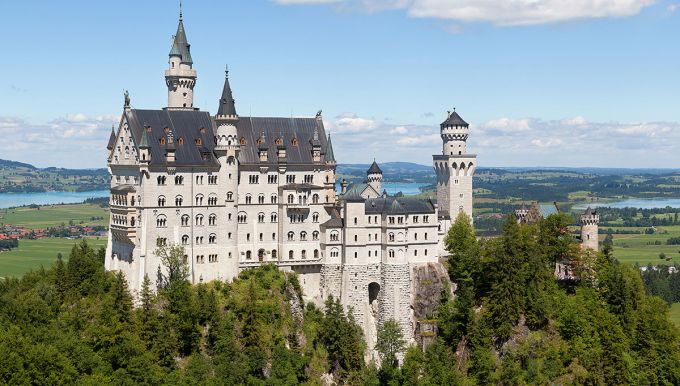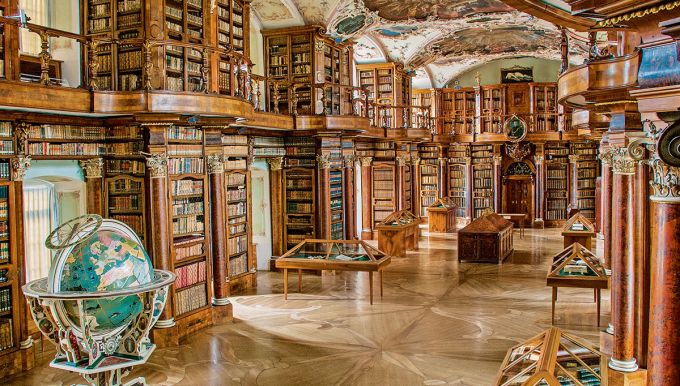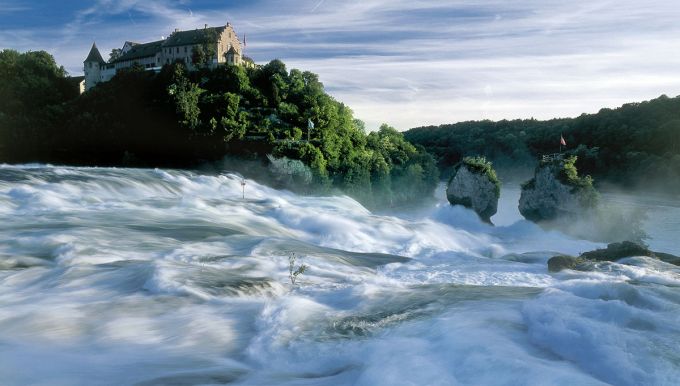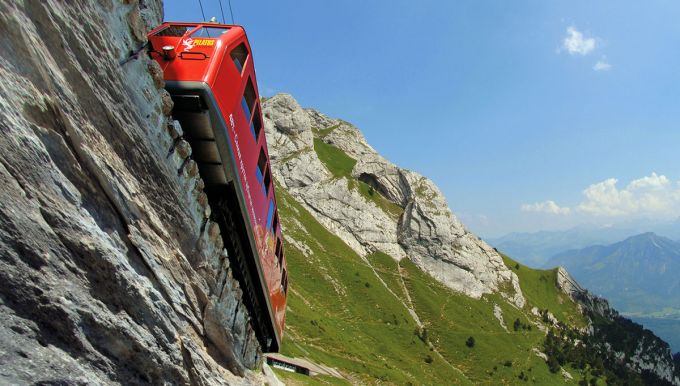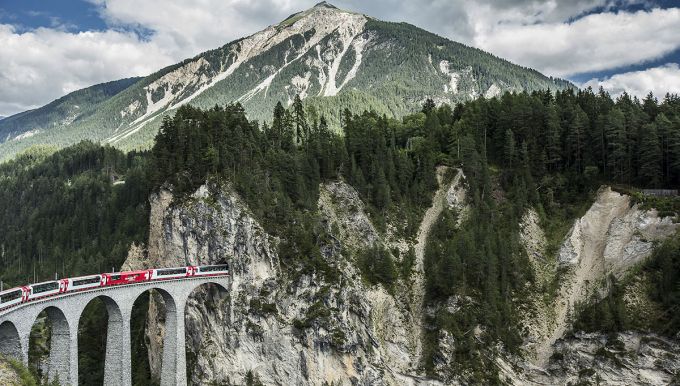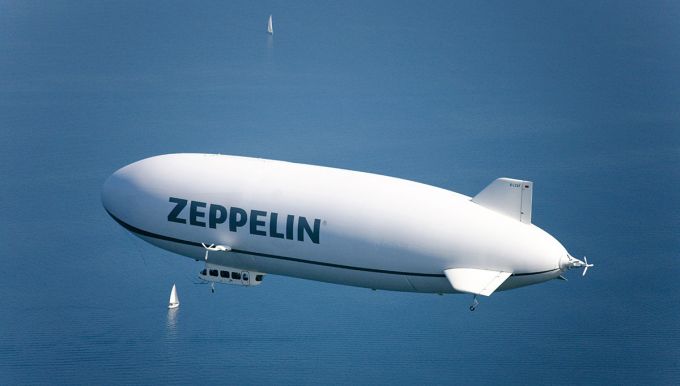King Ludwig II – he was a great romantic but also an important and committed reviver who was always misjudged during his lifetime. Only in the last few years historians have become aware of the true significance of this monarch. Like no other monarch he was filled with ambition and did not hesitate to put the bulk of his private wealth towards the building of Königsschlösser in Füssen, which are now world famous.
The journey itself from Vorarlberg via the German Queralpenstraße (a well-known alpine road), past Oberstaufen, a famous spa, along the big Alpine lake, the Alpsee to Immenstadt, Wertach, Nesselwang and Pfronten, it’s a wonderful and romantic experience. After a bus journey of about two hours we arrive in Füssen at the foot of the King’s palace »Neuschwanstein«, which attracts millions of people from all over the world each year.
According to a letter to Richard Wagner dated 15th May 1868, King Ludwig II wanted to have the castle ruins »Vorderhohenschwangau«, rebuilt »in the true style of the ancient German knight’s castle«. Ludwig II was motivated to build this castle by early plans of his father and especially after his journey in 1867 to Eisenach where he visited the Wartburg together with his brother Otto I, King of Bavaria. The Knights’ Baths and the Minstrels Hall of the Wartburg were used as leitmotifs. It was not only the architecture and art of the German Middle Ages that inspired Ludwig II, but also the Moorish culture that had developed in Spain as well Richard Wagner’s world of old German sagas. The architect Eduard Riedel also had to process ideas based on stage sets designed by the Munich scene painter Christian Jank.
The huge building site »fed« a whole region for two decades: Virtually every day at least 200 masons, bricklayers and other labourers and craftsmen worked on the site – this figure does not include all the suppliers, shops, etc. Official statistics of the years 1879/1880 prove that an enormous amount of building material was used: 465 tons of Salzburg marble, 1,550 tons of sandstone, 400,000 bricks and 2,050 cubic metres of timber for the scaffolding.
The Neuschwanstein castle can only be visited by participating in a guided tour (languages German or English) – it takes about 35 minutes (165 steps up and 181 steps down). In addition to that you can also visit the castle using an Audio-Guide. This also takes 35 minutes and the languages available are Japanese, French, Spanish, Italian, Czech, Slovenian , Russian, Polish, Chinese, Portuguese and Hungarian.
After a lunch in Füssen we travel back to Vorarlberg via Kempten, Isny and Lindau.
Prices
Full-day bus reservation: € 995,–
+ entrance fee: € 12,90 (p. p.)
Image: © Thomas Wolf


